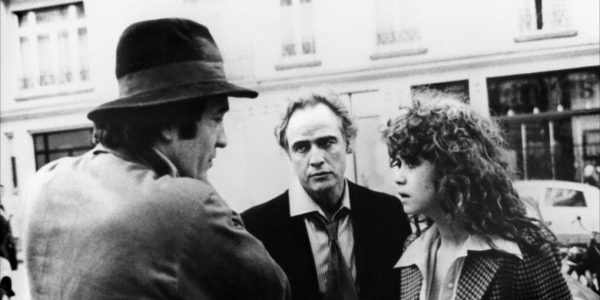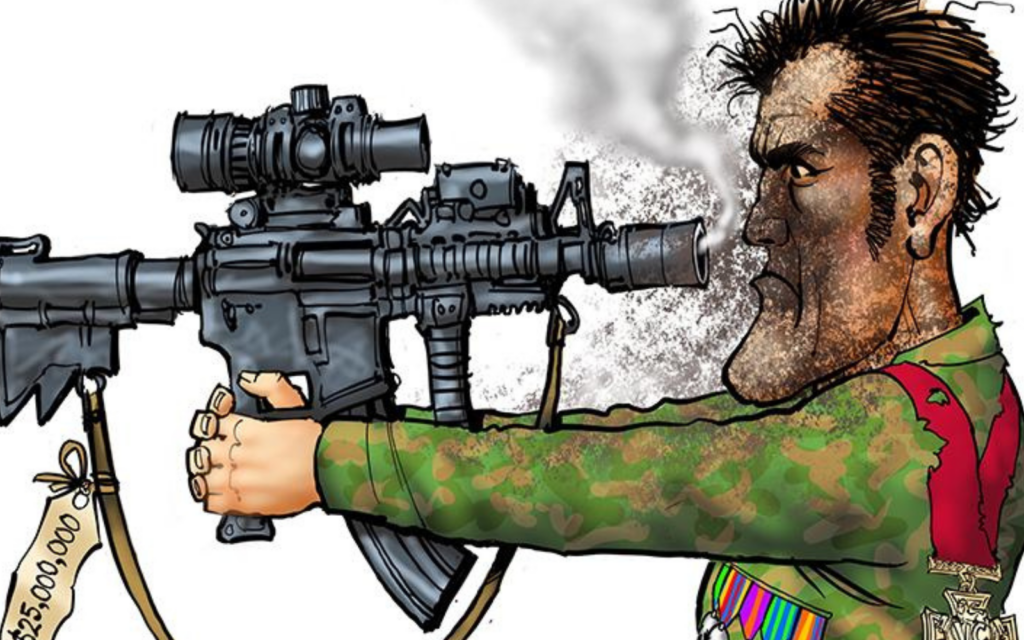As the Australian Centre For The Moving Image announces three documentaries on Bertolucci’s feature-length and short films in Focus On Bertolucci, production supervisor of Folamour Productions, Dyvia Babecoff, claims the French film company was both blessed and cursed when it came to compiling interviews with cast and director.
“It was such an up-and-down experience,” she sighs upon reflection and the making of Once Upon A Time…Last Tango In Paris. “The idea behind the collection of documentaries was to recount a specific era through the events within the films, to explain how the movies mirrored their era. That wasn’t the only criteria though, because some of the films we were looking at documenting were quite old, like King Kong and sometimes the actors or the director were dead. Sometimes it just came down to budget. With Last Tango In Paris, we were lucky because we managed to convince Bertolucci and Marlon Brando to talk about the movie.”
Well, so they thought at the time, anyway…While Bertolucci was more than happy to participate in the documentary, Babecoff claims it took six months of convincing for Marlon Brando to say yes – only to have the screen legend pass away a month before the scheduled interview.
“Marlon Brando was still alive at the time, it was 2003. We were pretty amazed that he agreed in the end because we were still a very small company in France and Marlon Brando hardly ever even gave interviews. Once he said, ‘Okay’, however, he turned out to be quite enthusiastic about the whole thing! The next thing we knew was he had gotten a cold and then he was dead a couple of days later – we’d done the interview but we couldn’t use the footage! We’d counted on that interview and were very excited about it – we were so frightened because we’d already sold the documentary to the BBC and big French channels and to stations in America. The biggest problem was that when Brando died, all the rights around his image were blocked, but we were lucky because we had a contact who was very close to him. It worked out alright in the end.”
Babecoff claims that Bertolucci himself was particularly enthusiastic about revisiting Last Tango In Paris, both expressing the film’s triumphs as well as his own regrets.
“Bertolucci was very enthusiastic about doing the interview – usually we’d do about an hour-long interview, max, but his lasted about five hours and went over two days! He loved to talk about himself and analyse his films and the human relationships that run through them. Bertolucci was mainly saying that the worldwide success of Last Tango In Paris was a good thing for him because of the exposure he got, but it was also bad because it was such a controversy and such a scandal when it came out – nobody could have predicted the chaos that it created in the whole world!”
The chaos concerning Last Tango In Paris, of course, had everything to do with the film’s raw portrayal of sexual violence – leading many to slam the film as obscene due to a lengthy sodomy scene. According to Babecoff, it was the then-18-year-old lead actress Maria Schneider who lived to have the most regrets and even blame the film for ruining her potential movie career.
“It was the film that made her a worldwide star but also a controversial one as well,” Babecoff states. “It wasn’t a good memory for her, she never talked to Bertolucci again after that until the day she died. She was angry with him because of the sodomy scene but also because he made her work harder than Brando. She’d do about 14 hours a day and was exhausted by the end of it, whereas Brando was very union-minded and refused to shoot on Saturdays and always finished at 6pm. She was young and inexperienced and maybe Bertolucci used that to his advantage. It was a film that made her famous but it also ruined her potential career because some people started calling her a whore and it was very hard for her to be stuck with this image of the character she played.”
For Babecoff personally, exploring Last Tango In Paris has been both a rewarding and disturbing experience. While the production supervisor agrees the cinematography is beautiful and the acting amazing, there are certainly some disturbing elements which stay in one’s mind long after the film is over.
“Maybe it wouldn’t be as disturbing now as it was then, if the film came out in our day,” Babecoff offers. “But it’s still disturbing! It’s this strange relationship between a man and a woman who don’t even know each other and who forget about reality and their social positions and situations! Also, the violence and the sodomy scene are still very disturbing to this day, even though we have become so much more used to violence on television since the ’70s! If you think about it, Maria Schneider’s character was actually raped! I think audiences will find that one thing the film looks at is that despite the sexual liberation that was going on in this era, this was a look at the dark side of the sexual revolution, and that’s what shocked people.”







